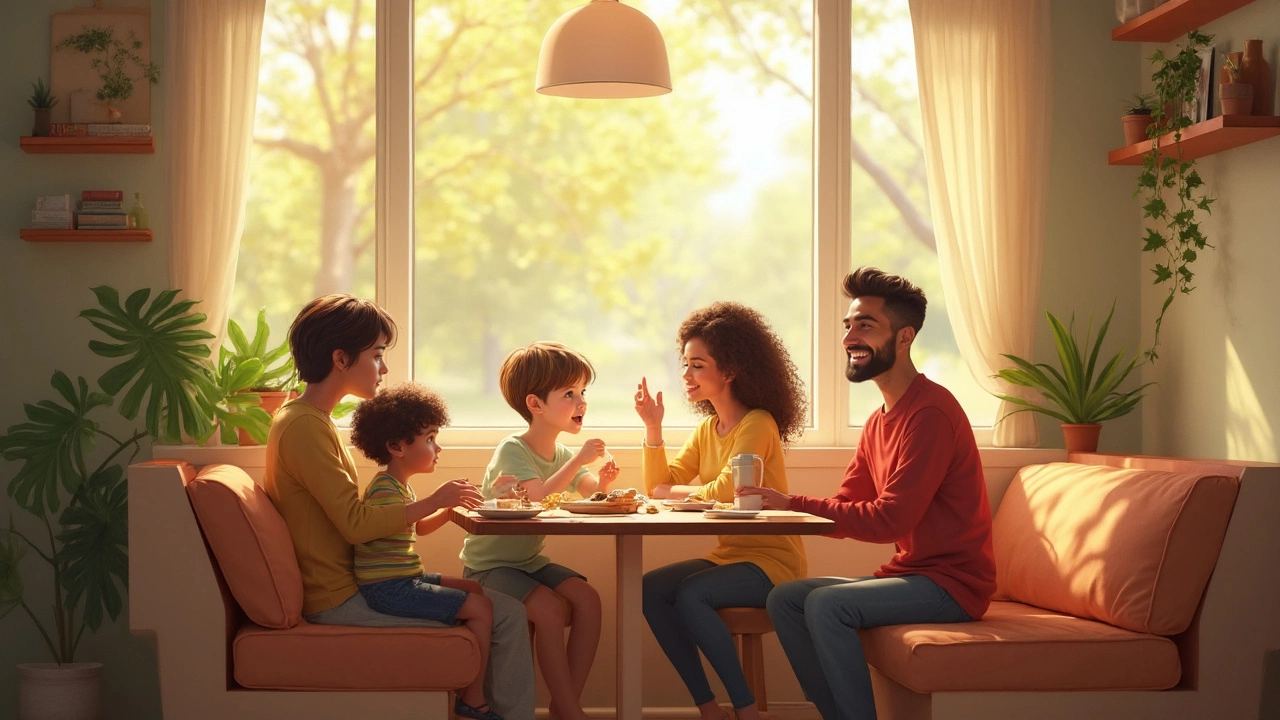If you've ever walked through an American suburb at night, you've probably caught yourself glancing into a brightly lit living room and wondered: where are the curtains? It's one of those things that jumps out at visitors from Europe or Asia. There's a kind of openness—or is it boldness?—in American windows being so unclothed. It feels almost radical if you're used to lace, velvet drapes, or blackout blinds. So, what’s the deal? Why have so many American houses ditched the classic curtain?
The Roots: History and Culture Shape Window Choices
If you peel back the layers of history, the answer is woven into America’s fabric of practicality, climate, neighborhood design, and social habits. Let’s get nerdy for a second: back in the colonial era, windows were expensive. Families that could afford glass wanted to show off their windows as a sign of prosperity. Heavy curtains? Nope. Light materials or nothing at all were the norm. Fast-forward to the 20th century, neighborhoods boomed, and with them, an affection for openness. The U.S. has a deep streak of casualness. People value the idea that their homes are inviting rather than fortress-like.
Contrast this with England, where privacy reigns. People close their heavy drapes the second dusk hits. In America, open-plan living and clear sightlines became the standard, especially after World War II. Think of all those mid-century modern homes with big glass panes overlooking lawns. This emphasis on openness trickles all the way down to window treatments—or lack thereof. Plus, a lot of houses are spaced much farther apart compared to Europe’s densely stacked townhomes. You can afford to show off your living room, especially when your nearest neighbor is a whole hedge away.
Another big thing? Suburban safety perceptions. The U.S. spent decades romanticizing safe, family-oriented suburbs. People felt secure. Why bother with heavy drapes if there’s little risk of a neighbor snooping? Add in America’s mobility—folks move often, and temporary renters don’t always want to invest in custom curtains. The culture just isn’t as tight-laced about hiding the inside of your home, unless you’re unlucky enough to have a nosy passerby. Folk wisdom runs pretty deep: if you don’t have anything to hide, bare windows are just fine.
| Country | Average Use of Curtains (%) | Average Distance to Neighbor's House (ft) |
|---|---|---|
| USA | 48 | 30 |
| UK | 92 | 9 |
| Japan | 87 | 7 |
| France | 90 | 8 |

Style, Light, and Trends: Design Choices Matter
If you browse through any modern U.S. interior design magazine, you’ll see something weirdly consistent: windows are often bare, or at most, dressed with simple blinds or sheer shades. Why? It’s all about that light. American homes love their natural sunlight. Rooms feel bigger, airier, and more connected to the outdoors when sunlight can pour in unchecked. Houses in Texas, Arizona, or California, where weather is mild (or just blisteringly sunny), are built to maximize those rays. Heavy curtains just kill the vibe.
There’s also a generational difference. Millennials and Gen Z lean into minimalism—they see curtains as old-fashioned, fussy, and dust-prone. The open look promises fewer allergens and an easier time keeping things clean. And let’s not ignore the influence of mass-market stores like IKEA and Home Depot: they push for easy-to-install shades and blinds that snap to the window frame. No slogging through yards of brocade fabric, no guesswork about style—just functional and cheap.
Trends move fast. Within the last few years, privacy film—a kind of frosted cling for glass—grew super popular. It blocks peeping Toms, but still lets in sunlight. If sun needs softening, lightweight roller shades do the job quietly, with zero drama. The pandemic also gave people a stronger urge to see outside, to spot a delivery at the door or wave at neighbors during lockdown. Suddenly, the idea of blocking any view out just didn’t sit right.
But it’s kind of a myth that all American homes lack *any* window coverings. You’ll find plenty of homeowners using blinds and shades rather than curtains, especially in bedrooms and bathrooms, where privacy really matters. Blinds, especially the white faux-wood ones, have become almost as American as apple pie.
- American houses often use blinds or shades because they’re cheaper, easy to clean, and fit right in with modern tastes.
- Rooms such as living rooms or kitchens often show off the openness, while bedrooms are more likely to have blackout curtains or layered coverings for privacy and sleep.
- Wide, panoramic windows can sometimes be all about bragging rights. If you have a killer view, there’s no way you’re hiding it behind thick drapes.

Tips For Comfort: Finding the Right Window Solution
If you’re in the U.S. and missing the comfort of curtains, you’re not alone! Plenty of new homeowners feel exposed at first, especially if you’ve just relocated from a country where window treatments are the norm. Want to add a bit of coziness—or block prying eyes for movie night? Here’s what you can do without turning your home into a dark cave:
- Layer Up: Add simple sheer curtains under blinds, so you get privacy and sunlight. IKEA’s low-cost curtains are easy to hem or switch out with the seasons.
- Try Privacy Film: Frosted or patterned window films are cheap and rental-friendly. No regrets when you move out, and you get that frosted-glass look instantly.
- Mix and Match: If curtains feel stuffy, go for Roman shades or bamboo blinds. They add texture and still let in daylight.
- Zone Your Coverage: Living room windows can stay open, while bedrooms get blackout curtains or lined drapes for better sleep and privacy.
- Go Motorized: High-tech shades (the ones you control with your phone) are now super affordable, and perfect for tall windows or hard-to-reach skylights.
- Reuse and Upcycle: Old sheets or scarves can quickly be sewn into breezy, casual curtains—cheap, unique, and eco-friendly.
- Add Color or Pattern: Don’t be afraid to make a statement with a bold curtain in just one room for some drama (hello, powder room!).
Last thing—don’t sweat the trends. Your home should match your comfort. If you love curtains, bring them back. Hang them proud, American style or not. There’s no rulebook, only what makes your windows—and you—feel good.


